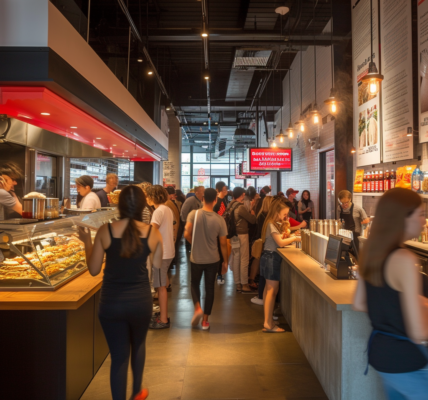Fast food prices have been on the rise, with popular chains like McDonald’s and Wendy’s implementing increases due to various economic factors. In a recent move, Wendy’s considered the concept of ‘surge pricing,’ where prices would fluctuate based on customer influx, but faced significant backlash and ultimately abandoned the idea.
McDonald’s, for instance, raised its prices by 10% in 2022 and again by 10% in 2023, citing inflation and rising labor costs. Other fast-food establishments such as Chipotle, Pizza Hut, and Starbucks have also followed suit, with Chipotle raising its prices multiple times since June 2021.
According to the Bureau of Labor Statistics Consumer Price Index, fast food costs have seen a 5.2% increase from December 2022 to December 2023. The industry attributes this trend to factors such as inflation, the impact of COVID-19, escalating labor expenses, and supply chain disruptions.
The price hikes have not gone unnoticed by consumers, with some expressing concerns over the affordability of their favorite fast-food meals. For example, the cost of a Big Mac has risen from $4.95 in 2020 to $5.69 in 2024, prompting McDonald’s to consider reintroducing items to the value menu and potentially reducing prices to appease dissatisfied customers.
As the industry navigates these challenges, it remains to be seen how fast-food chains will balance the need to cover rising costs with the expectations of price-conscious consumers.





